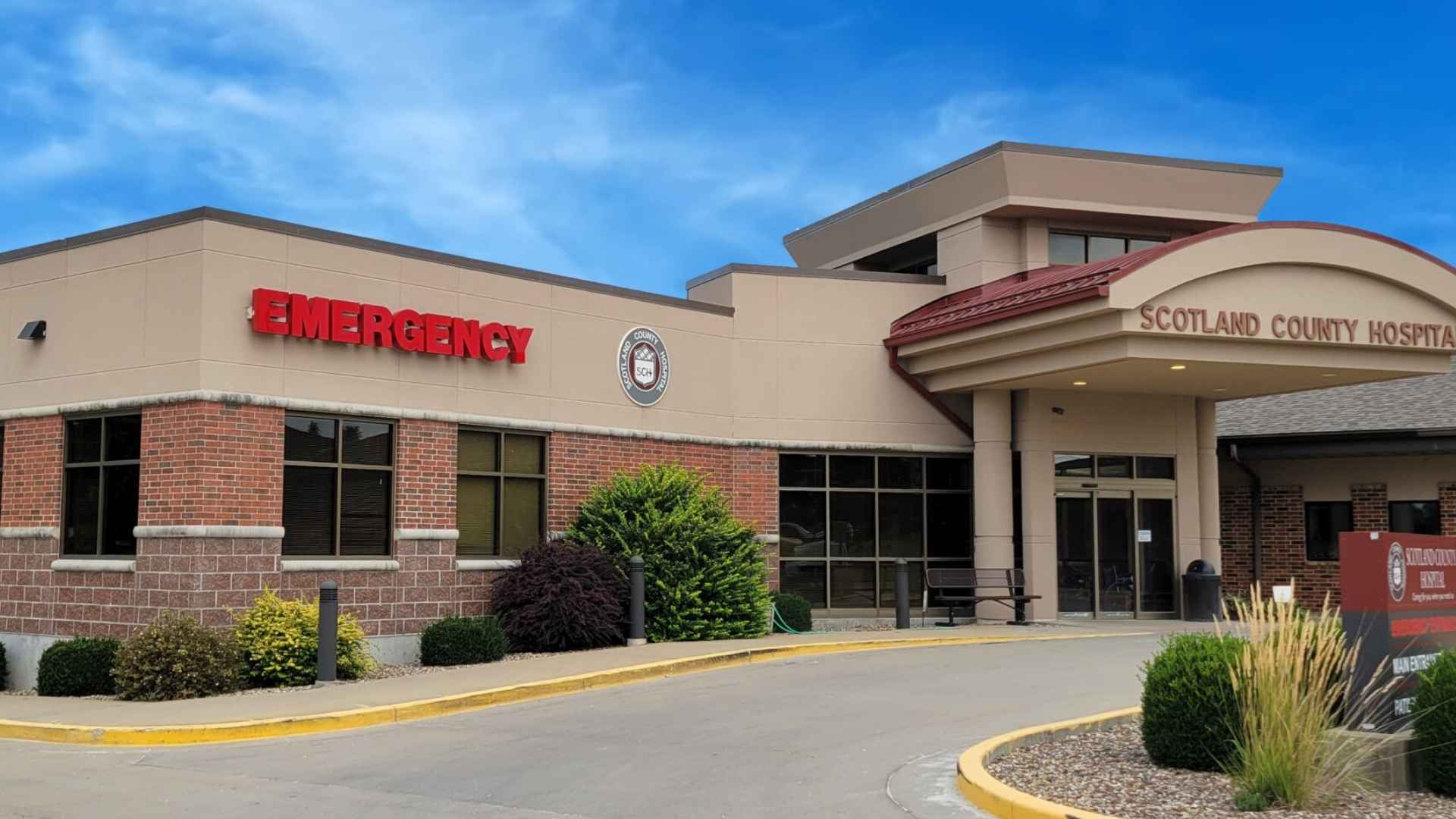UNC‑Chapel Hill researchers warn that facilities in Sedalia, Memphis, Bonne Terre and Lexington meet federal “at‑risk” criteria, threatening already limited rural care options.
Rural Missourians could soon travel farther for emergencies. The Cecil G. Sheps Center for Health Services Research has flagged four Show‑Me State hospitals after finding either extreme Medicaid dependence or three straight years of losses—alerts that often precede service cuts or shutdowns.
Financial warning hinges on high Medicaid mix and multi‑year operating losses combined
To make the list, a hospital must rank in the top‑10 percent for Medicaid payer mix or post negative margins three years running. Parkland Health Center lands in the first category; Bothwell Regional, Scotland County Memorial and Lafayette Regional fall into the second. When Medicaid payments lag behind costs, balance sheets bleed quickly.
| Hospital | City | Risk trigger | District |
|---|---|---|---|
| Bothwell Regional Health Center | Sedalia | 3 years of losses | MO‑4 |
| Scotland County Memorial Hospital | Memphis | 3 years of losses | MO‑6 |
| Parkland Health Center | Bonne Terre | Top‑10 % Medicaid mix | MO‑8 |
| Lafayette Regional Health Center | Lexington | 3 years of losses | MO‑4 |
All four serve counties where roughly one in five residents rely on Medicaid, making every reimbursement dollar critical.
District 4, represented by Rep. Mark Alford, shows 22.7 percent Medicaid enrollment across 20 counties. District 6 mirrors that figure at 20 percent, while District 8 tops the list at 29 percent. What happens if a hospital closes? Families could face hour‑long drives, higher transport bills and, worst‑case, delayed treatment.
Federal budget cuts raise concerns about future patient access and hospital survival
Senate Democrats warned President Trump in a June 12 letter that the new “One Big, Beautiful Bill Act” could slash $1 trillion—largely from Medicaid—over the next decade. The Congressional Budget Office estimates 11.8 million Americans may lose coverage. Consequently, rural providers fear deeper strain as uncompensated‑care bills climb.
“Enacting these drastic cuts will kick millions off coverage,” the senators wrote, adding that at‑risk hospitals may be forced “to stop providing some services, convert, or close.”
Missouri’s rural hospitals are lifelines for obstetrics, trauma and mental‑health care. With slim margins and payer mixes dominated by low‑reimbursement programs, every policy change matters. Will lawmakers shore up funding before communities lose their nearest emergency room?
Patients, local officials and hospital boards should track Medicaid debates, review community health needs, and—yes—speak up at town halls. After all, who understands rural health gaps better than the people living them?

